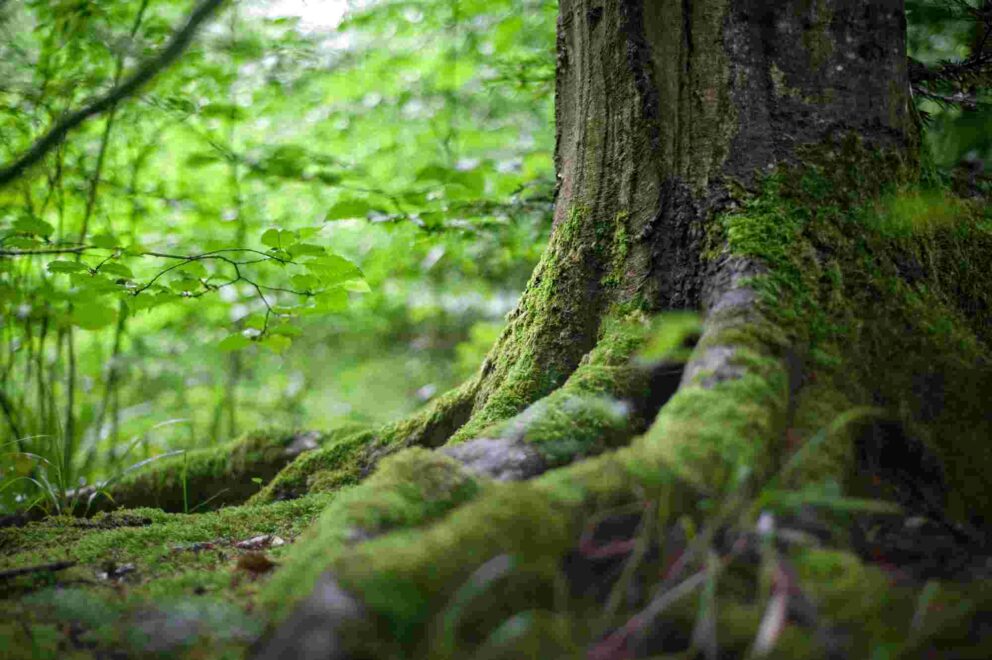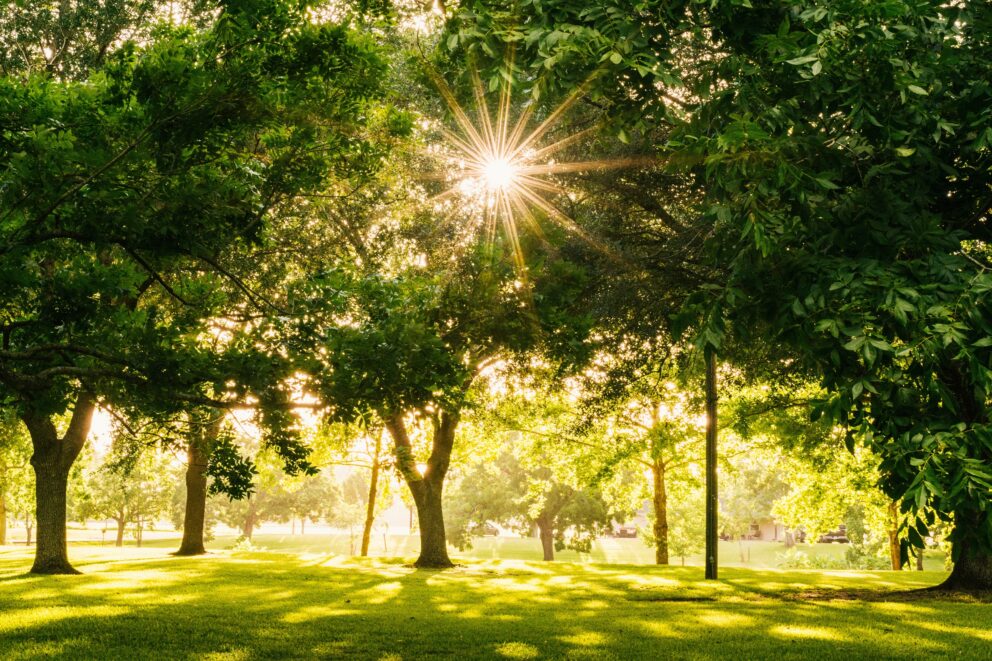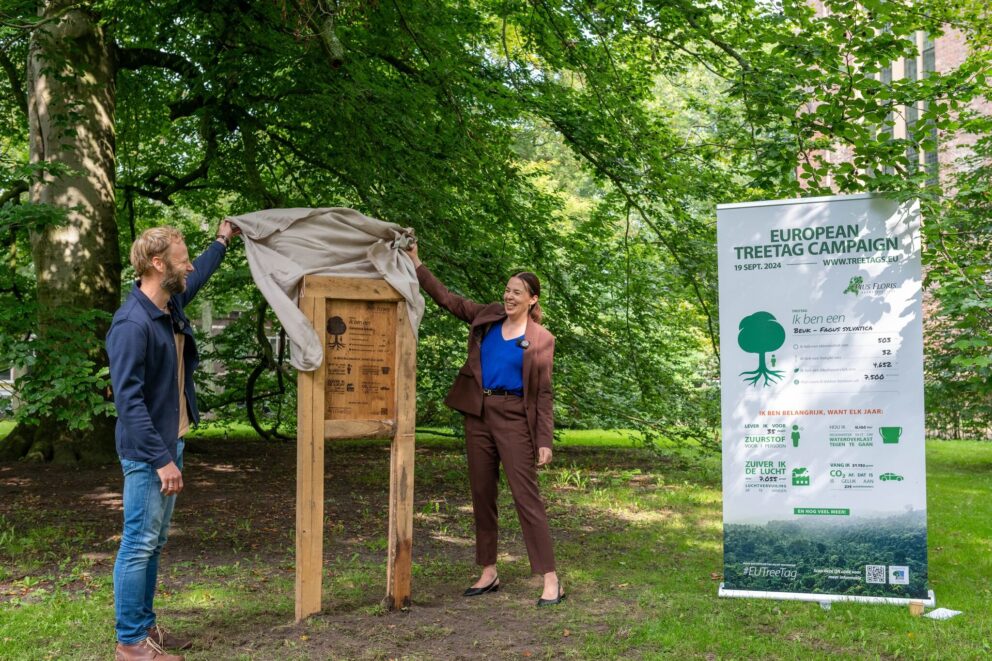A Dutch saying goes: ‘To govern is to foresee’, and that certainly applies to cooling in summer by means of greenery. And all the more so in urban areas with lots of pavement. That's where the urban heat effect plays a huge role. For example, the temperature difference between cities and surrounding rural areas can be as much as 8 degrees Celcius. Heidi Kamerling, teacher-researcher for the Green Liveable City Practorate at Yuverta in the Netherlands, shares recent insights from (applied) research and offers practical pointers to address the issue of heat islands in urban areas. Who knows, you might benefit from it in practice or it might help to convince clients or policy makers.
The Importance of Trees in the City
Let’s talk about the importance of trees in the city first. Trees are not only immensely rich in terms of ecosystem services, but are ideally suited for cooling the stonified urban environment. This is because evaporation from leaves cools the environment. Evaporation from trees provides cooling because trees actually use some of the incoming solar radiation to evaporate water. Evaporation cools the leaf surface, which cools passing air. In addition, evaporation reduces the total amount of available energy from the sun used to warm air, soil or urban materials. Thus, the energy used for evaporation will not be used for warming air, soil or urban materials. The radiation effect of a hot pavement upwards will therefore be less (Oke et al., 2017; Rahman and Ennos, 2016). The deep rooting ensures that the tree continues to evaporate during long hot periods. In addition, of course, a tree also provides shade. Therefore, it is always better to plant a tree instead of putting up a parasol, as you have multiple forms of cooling with a tree. In addition, the amenity value is naturally much greater.
Research on Cooling and Greenery
Under the supervision of lector Gideon Spanjar (Amsterdam University of Applied Sciences) scientific research has been carried out into the effect of greenery on the temperature. In the Netherlands, France, Belgium and Great Britain, the actual temperature but also the thermal comfort of various outdoor spaces was measured during summer days.
Definition thermal comfort:
“Thermal comfort describes the human perception of the thermal environment. It refers to a set of conditions at which the majority of people feel comfortable. It is something like the wind chill factor”.
Cool Towns Heat Stress Measurement Protocol
Based on the two years of measurement experience, the ‘Cool Towns Heat Stress Measurement Protocol’ was developed. In it, these methods that are all consistent with each other are mentioned:
- Area analysis including the spatial (built-up) context affecting perceived and measured thermal comfort;
- Questionnaire to survey users’ thermal perception (wind chill) towards outdoor space and interventions developed;
- Measuring wind chill (PET) with mobile weather stations.
This method includes a checklist to use during fieldwork and instructions for each type of measure and outdoor space. The protocol thus provides all the information that a green space manager, policy maker, spatial designer or climate adaptation consultant can use to start measuring measures themselves. The study and method (protocol) can be found at: www.cooltowns.eu/nl
Another study by the Amsterdam University of Applied Sciences drew up design guidelines on the most effective location of greenery in relation to cooling. The distance of greenery from dwellings, walking routes and total percentage of greenery are included in the guidelines. This is particularly useful information for green space designers. The total study with the guidelines can be found here.
Planting Trees in Autumn
Why it is best to plant trees in autumn is explained by Dutch tree nursery Van den Berk in an article on their website (in Dutch). A summary in English is given below:
The period from mid-October to mid-December is the best time to plant trees because of these reasons: In autumn, soil temperatures are much higher than in spring. The roots of trees can still grow at soil temperatures of at least 7 to 10 degrees, and a tree planted in autumn will therefore start making hair roots at its new growing spot before the winter dormancy. In addition, autumn and winter always have sufficient precipitation.
Due to climate changes, spring is starting earlier and earlier. Trees grown in the open ground can be uprooted and planted as long as there are no leaves on them. With rising temperatures, the planting season in spring is shorter because leaves are coming to the trees much earlier.






